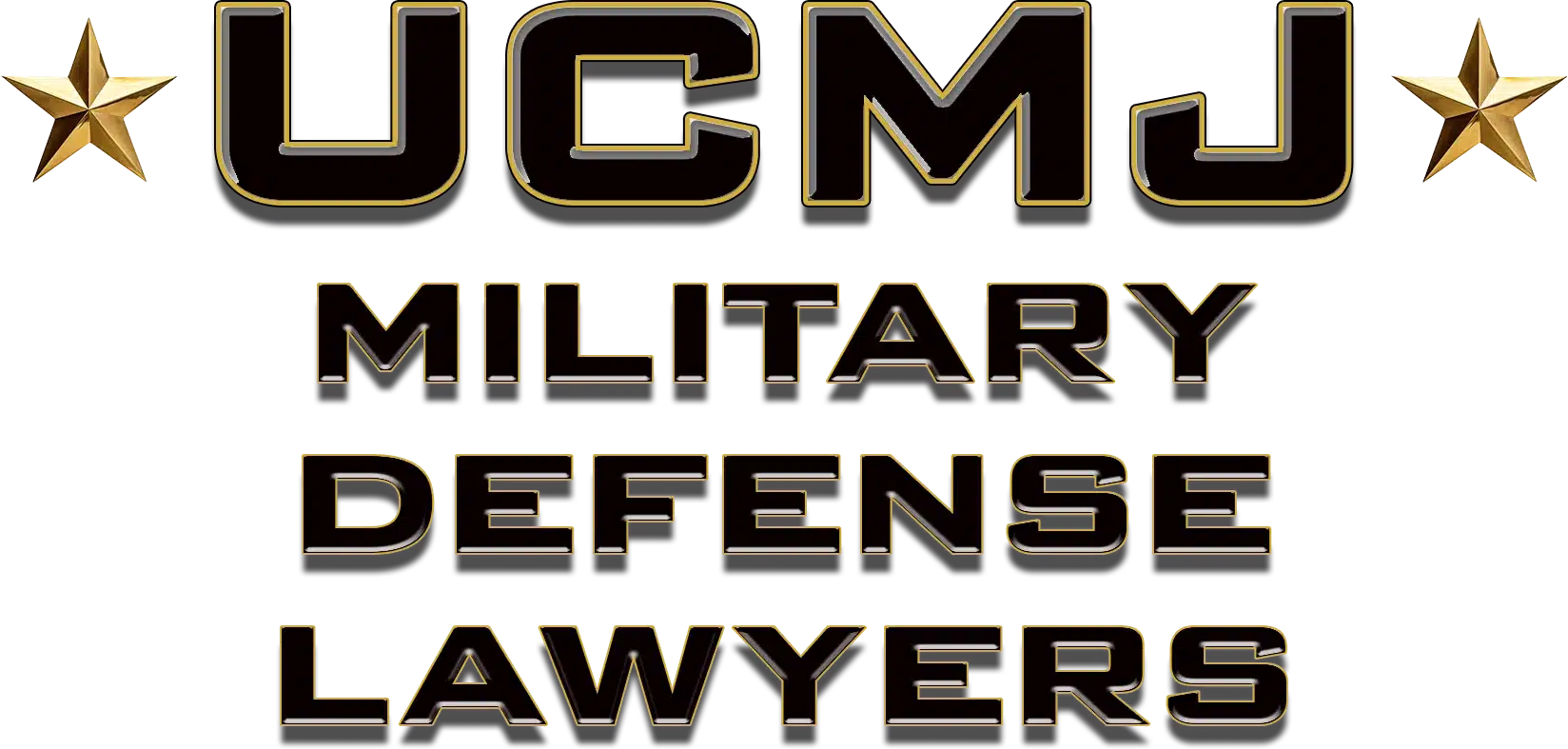Facing a military investigation is one of the most stressful experiences a service member can endure. The psychological toll, fear of the unknown, and potential consequences can be overwhelming. If you or a loved one are under investigation, seeking Military Investigation Legal Help is not just smart—it’s essential. The earlier a skilled military defense lawyer is involved, the better your chances of a favorable outcome. These legal professionals understand the intricacies of the Uniform Code of Military Justice (UCMJ) and how investigations can quickly evolve into full-blown prosecutions. Even if you believe you’ve done nothing wrong, investigators may interpret your actions differently. Don’t leave your career and freedom to chance. The stakes are high—from rank reduction and dishonorable discharge to confinement. Military Investigation Legal Help empowers service members with the tools and strategies to respond effectively and protect their rights. This article takes you through when and why to involve a military defense lawyer, what the process looks like globally, and how to take control of your situation before it escalates.
Understanding Legal Assistance During a Military Investigation
Military Investigation Legal Help involves securing legal counsel during the earliest stages of an investigation involving service members. Whether you’re suspected of a violation under the UCMJ or simply called in as a witness, having a defense lawyer who specializes in military law can make a critical difference. These cases can involve various issues, including misconduct, fraternization, or even more serious offenses like assault or fraud. For example, if a Navy service member is accused of mishandling classified information, they could face not only administrative repercussions but also criminal charges. Early legal guidance helps shape your responses to questioning and procedural steps, which can prevent further complications later.
Another common example involves Article 15 or non-judicial punishment proceedings where allegations may initially seem minor. However, statements made without legal counsel can be misinterpreted and lead to escalated charges. Military Investigation Legal Help aims to ensure due process is followed and your rights are protected from the outset. Examining witness credibility, requesting case evidence, and advising on interviews are just a few of the actions an experienced military attorney would take to keep the investigation fair and focused on factual outcomes.
Why Getting Legal Help Early in a Military Case Is Crucial
Timely legal help can be the deciding factor between an efficient resolution and a career-ending mistake. Many service members wait too long, assuming the situation will resolve itself or that cooperating fully without a lawyer is the best strategy. Unfortunately, this assumption can backfire. Investigative bodies may interpret statements or conduct in ways the accused never intended. This misunderstanding can trigger severe penalties under the military justice system.
The consequences are not just legal but also personal and professional. Investigations can damage reputations, stress family relationships, and isolate service members from their professional units. Choosing to involve a qualified military defense attorney early helps protect not only your legal rights but also your long-term career and well-being.
- You’re suspected in a sexual misconduct case. Without legal help, your cooperation may inadvertently be seen as a confession, leading to loss of rank and a court-martial.
- You are a witness in a financial fraud investigation. Without knowing your rights, you might say something that implicates you and triggers your own investigation.
- You’re being informally investigated for insubordination. Taking the process lightly may cause the case to escalate to formal charges and dishonorable discharge.
How the Process of Military Investigation Legal Help Typically Works
- Step 1: Initial suspicion or complaint arises. The military command or investigative authorities may begin collecting information about your alleged actions.
- Step 2: You may be interviewed or requested to make a statement. With the help of legal counsel, you can navigate any interviews and determine whether to provide sworn or unsworn statements.
- Step 3: Your attorney begins their defense strategy. They may obtain discovery documentation, contact witnesses, prepare responses to command inquiries, or negotiate on your behalf with the prosecution.
Smart Strategies for Handling Legal Help During a Military Probe
Common Questions About Military Investigation Legal Help Answered
How Gonzalez & Waddington Provide Strong Legal Defense
Gonzalez & Waddington is a respected law firm with decades of experience in military defense worldwide. Their team of legal professionals understands the complexities of both administrative and criminal proceedings under the UCMJ. Whether you’re stationed in the U.S. or on deployment overseas, they offer responsive, aggressive, and skilled legal representation. They work closely with clients to assess the situation thoroughly and construct a strategic defense plan tailored to each unique case. The firm has defended service members from all branches—Army, Navy, Air Force, Marines, and Coast Guard—on charges ranging from sexual assault to dereliction of duty.
Gonzalez & Waddington provides clients with peace of mind through detailed legal knowledge, one-on-one attention, and steadfast representation. They know how military investigators operate, and their proactive approach aims to prevent cases from escalating. Most importantly, they stand by their clients from the beginning to the end of the process, ensuring your rights and reputation are protected every step of the way.


